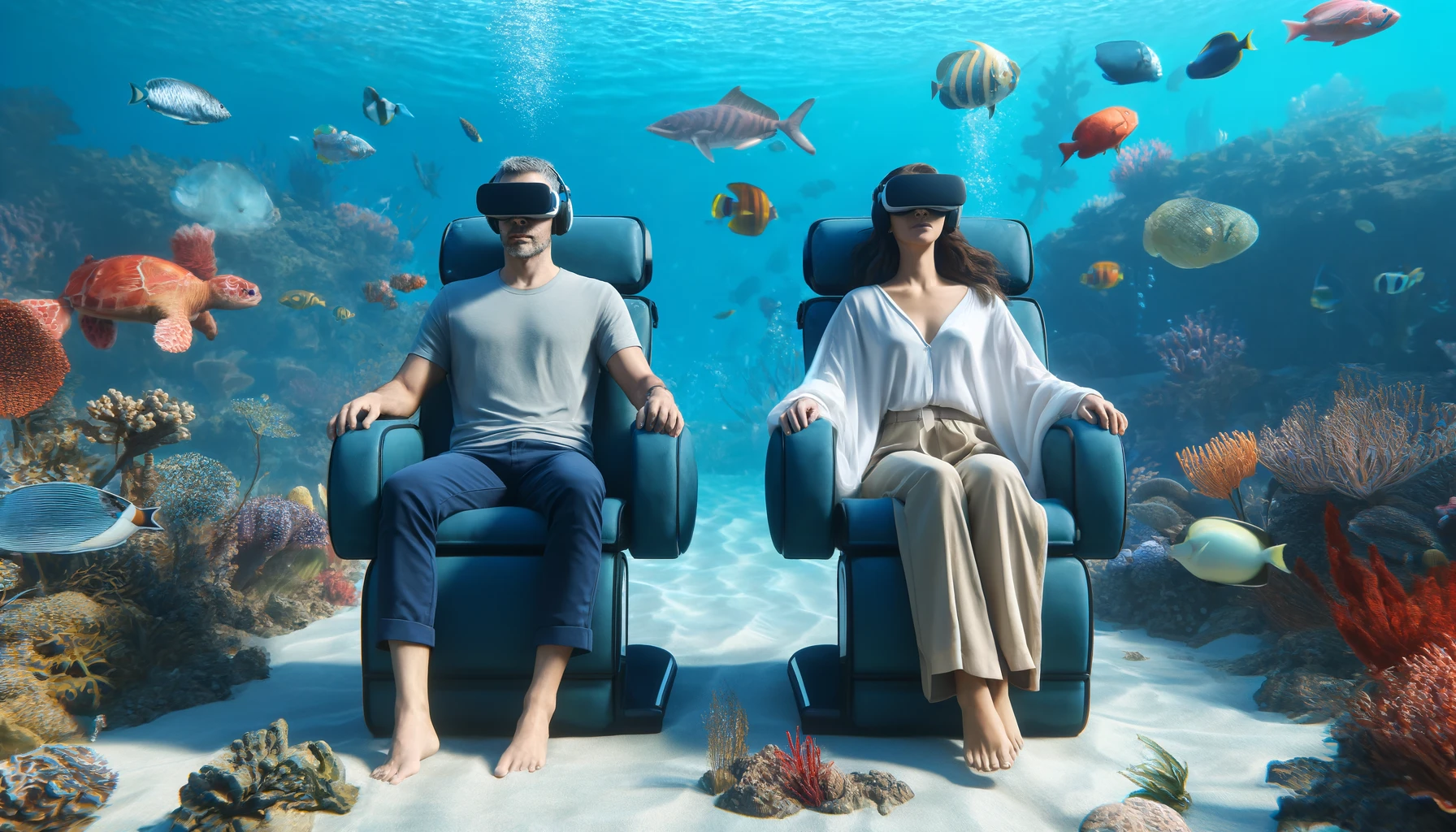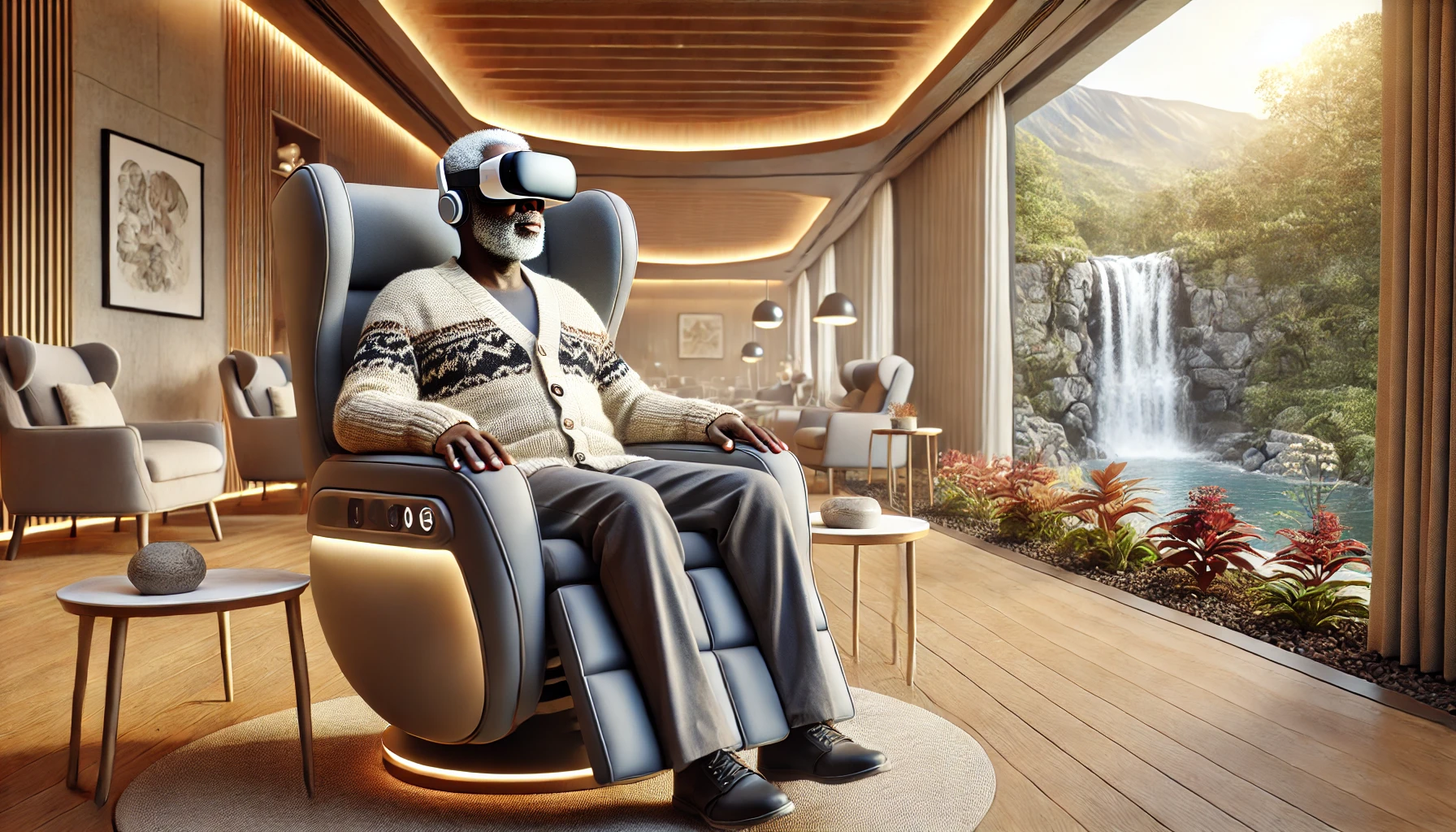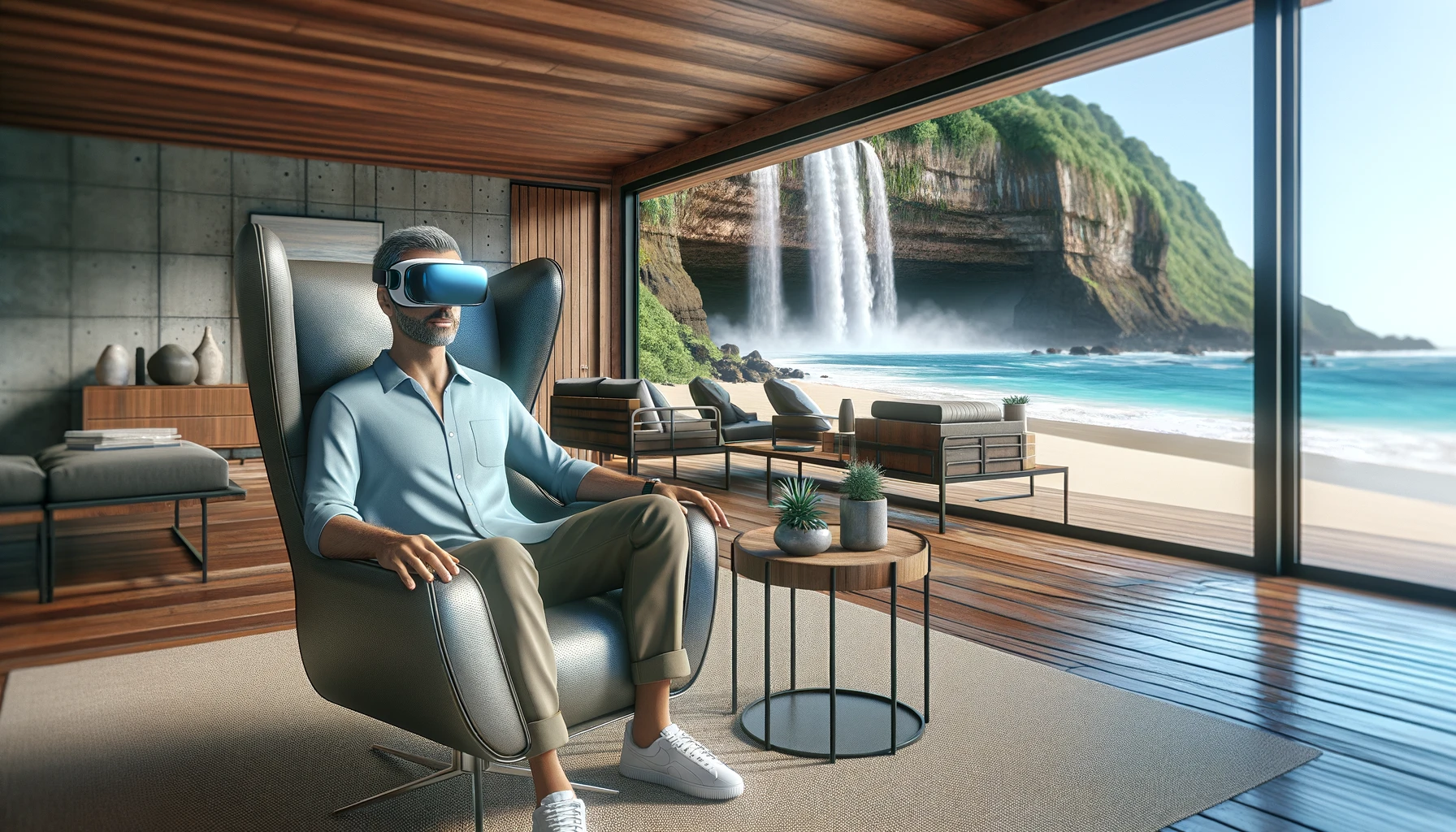Immersive Experiences: Revolutionizing Mental Wellbeing in the Workplace
In the fast-paced and high-pressure environment of modern workplaces, maintaining mental wellbeing is more important than ever. As companies...
2 min read
 Nerdle
:
May 29, 2024 6:00:00 PM
Nerdle
:
May 29, 2024 6:00:00 PM

In the ever-evolving landscape of mental health treatment, virtual reality (VR) has emerged as a powerful tool, offering innovative solutions for emotional regulation. Emotional regulation is the ability to manage and respond to emotional experiences in a healthy and adaptive way. For individuals struggling with anxiety and depression, mastering this skill is crucial for maintaining mental well-being. Here’s how VR is revolutionizing the way we approach emotional regulation and the benefits it brings.
Emotional regulation involves recognizing, understanding, and managing one's emotions effectively. It's about finding ways to stay calm during stressful situations, avoiding impulsive reactions, and maintaining a balanced emotional state. Traditional methods of emotional regulation include mindfulness practices, cognitive-behavioral techniques, and relaxation exercises. While these methods are effective, VR technology offers an immersive and engaging way to enhance these practices.
Virtual Reality (VR) therapy is an emerging treatment that offers a unique approach to
addressing PTSD in veterans. VR therapy involves immersing the patient in a controlled virtual
environment that simulates traumatic experiences. This method has several benefits:
Virtual reality is proving to be a game-changer in the field of emotional regulation. By offering immersive environments, guided meditation, exposure therapy, and biofeedback integration, VR provides a comprehensive and engaging approach to managing emotions. As this technology continues to evolve, it holds great promise for helping individuals with anxiety and depression achieve better emotional balance and overall mental well-being.
At VRenity, we are dedicated to harnessing the power of VR to support mental health. Our app offers a range of VR experiences designed to help users master emotional regulation techniques and improve their quality of life.

In the fast-paced and high-pressure environment of modern workplaces, maintaining mental wellbeing is more important than ever. As companies...

In recent years, Virtual Reality (VR) technology has emerged as a powerful tool with the potential to revolutionize mental healthcare. One platform...

In recent years, virtual reality (VR) has transcended the boundaries of entertainment, asserting itself as a transformative tool in the field of...